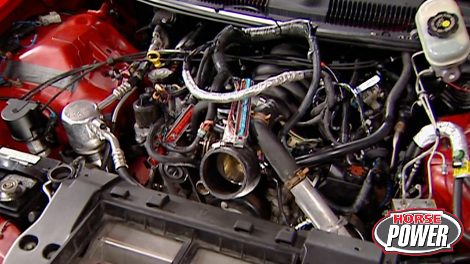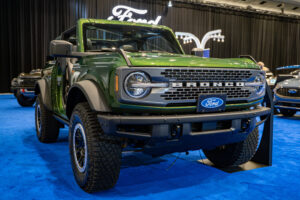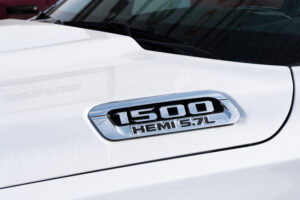
LS-1 Engine Diagnosis
We dive into the mysterious noise plaguing our LS1 engine in the Camaro SS, addressing various components like the fuel lines, throttle cable, and coolant hoses.
Season 9
Episode 3






























